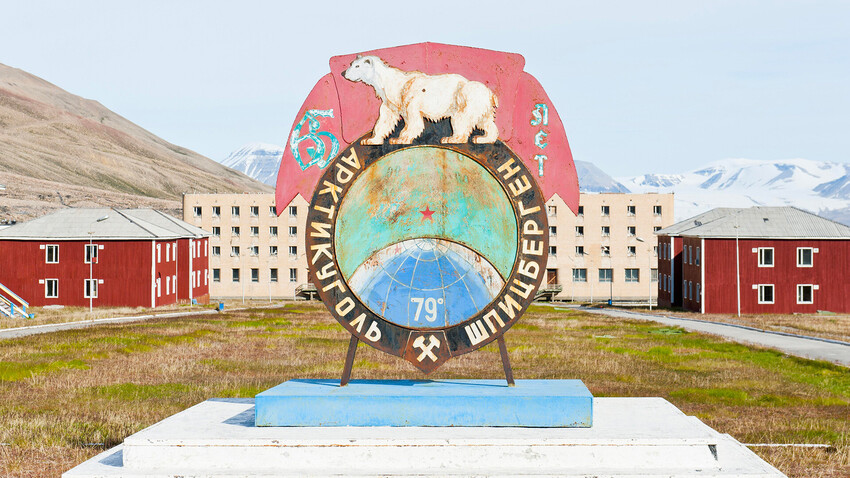
Svalbard belongs to Norway, but the island has a special political status. According to the Svalbard Treaty (originally the Spitsbergen Treaty) of 1920, any state-participant of the treaty (more than 40 of them) has the right to engage in commercial activities on the archipelago equally with the Norwegians and live there. However, currently, only Russia is exercising this right.
The USSR owned three settlements on Svalbard, but two of them are abandoned today, with only one active remaining – Barentsburg. About 400 people live there, almost all of them are engaged in coal mining or the service industry and their lives are full of unexpected rules.
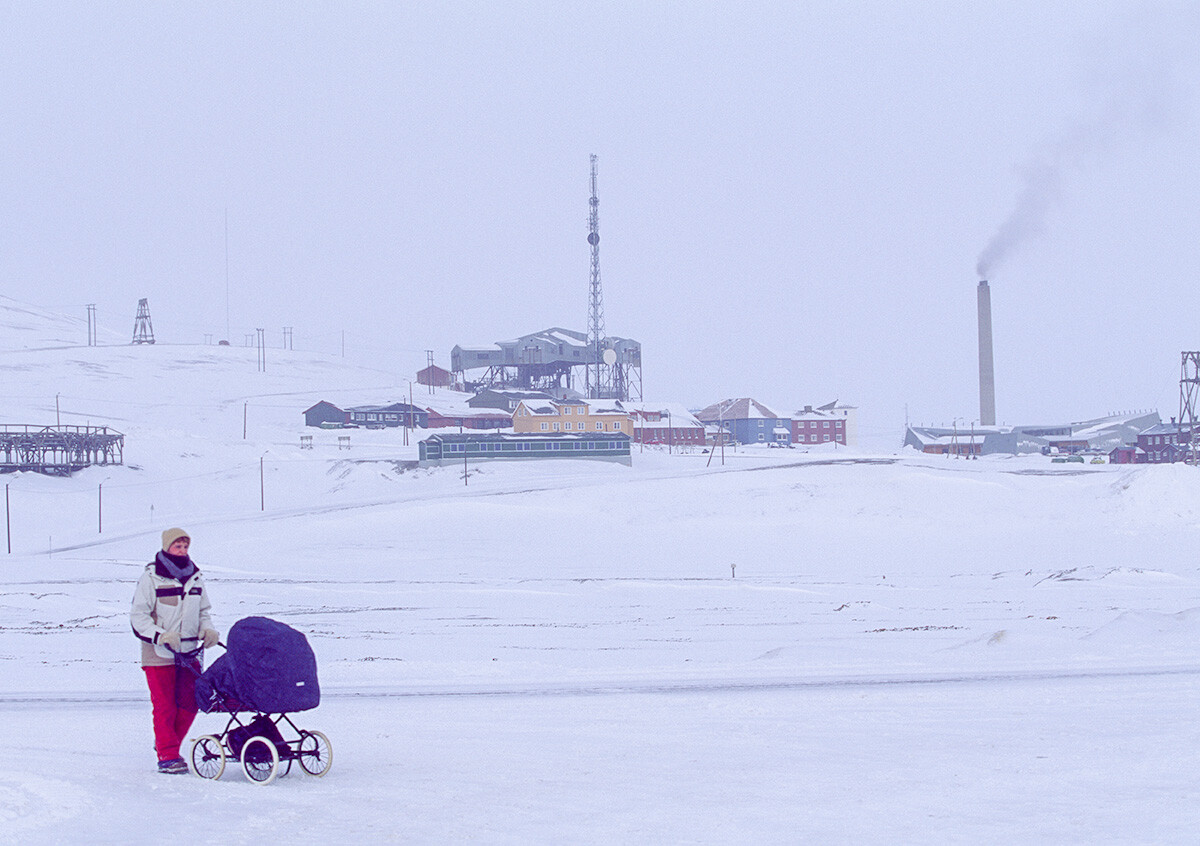
The thing is, there’s only one hospital on the archipelago and it doesn’t have the necessary equipment for childbirth. That’s why pregnant women are advised to leave the island several months before delivery – for their own safety. Then, they can return again.
Matters of death are settled a bit differently. There’s a law on the territory of the archipelago that prohibits ground burials. Due to permafrost, bodies don’t decompose, but mummify. This is dangerous, because it attracts predators.
In 1992, a law passed on the archipelago, according to which the inhabitants are prohibited from having cats. It protects the local population of birds, part of which live nowhere else.
However, despite the ban, four cats still managed to find their way onto Svalbard, named ‘Kesha’, ‘Ryzhy’ (‘Red’), ‘Mila’ and ‘Nyura’. ‘Kesha’ stood out in this cat company: he scuffled with foxes, hunted rodents, but didn’t touch the birds. Sadly, in 2021, he died at the age of 12.
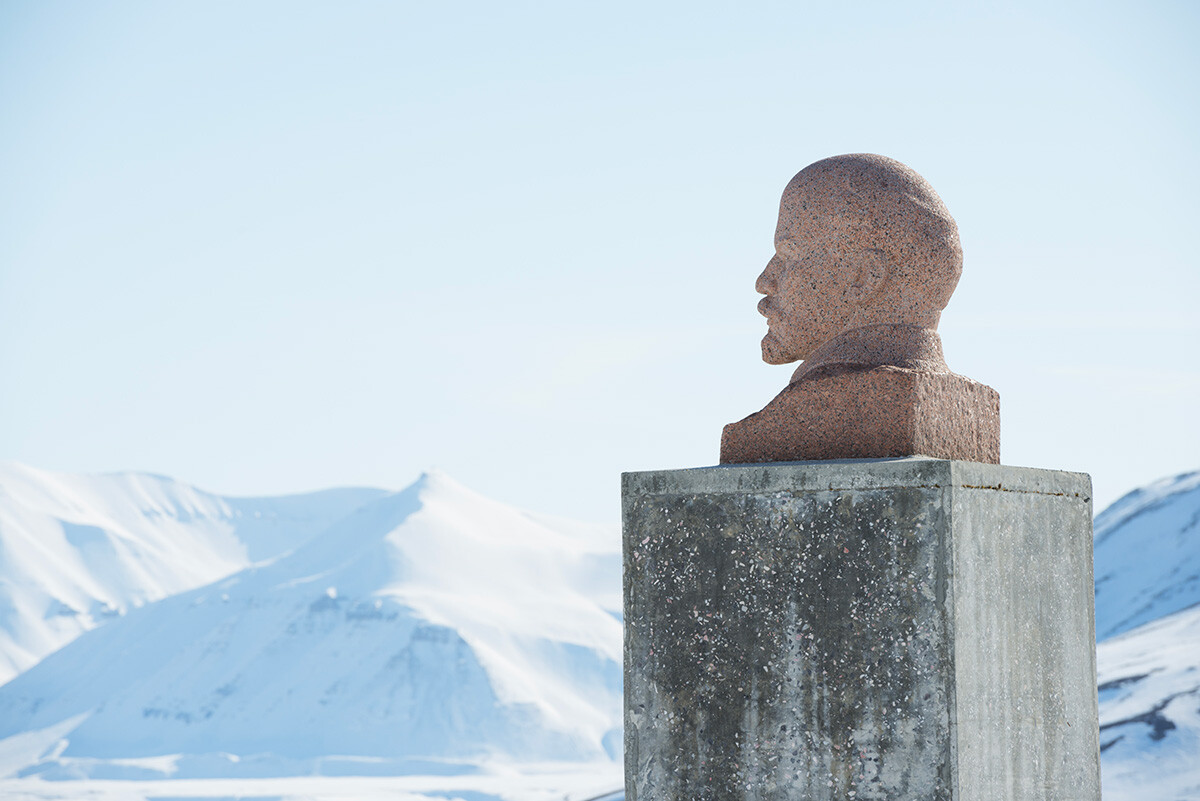
Officially, this monument is officially the northernmost statue of the leader of the Bolshevik Revolution. It stands in the abandoned Soviet ‘Pyramida’ settlement, which was once the largest Russian settlement on Spitzbergen. After its conservation, the infrastructure remained. Today, only tourists are brought to see the ghost town and the northernmost Lenin, there are no other activities – apart from a hotel that costs 187 euros per night.
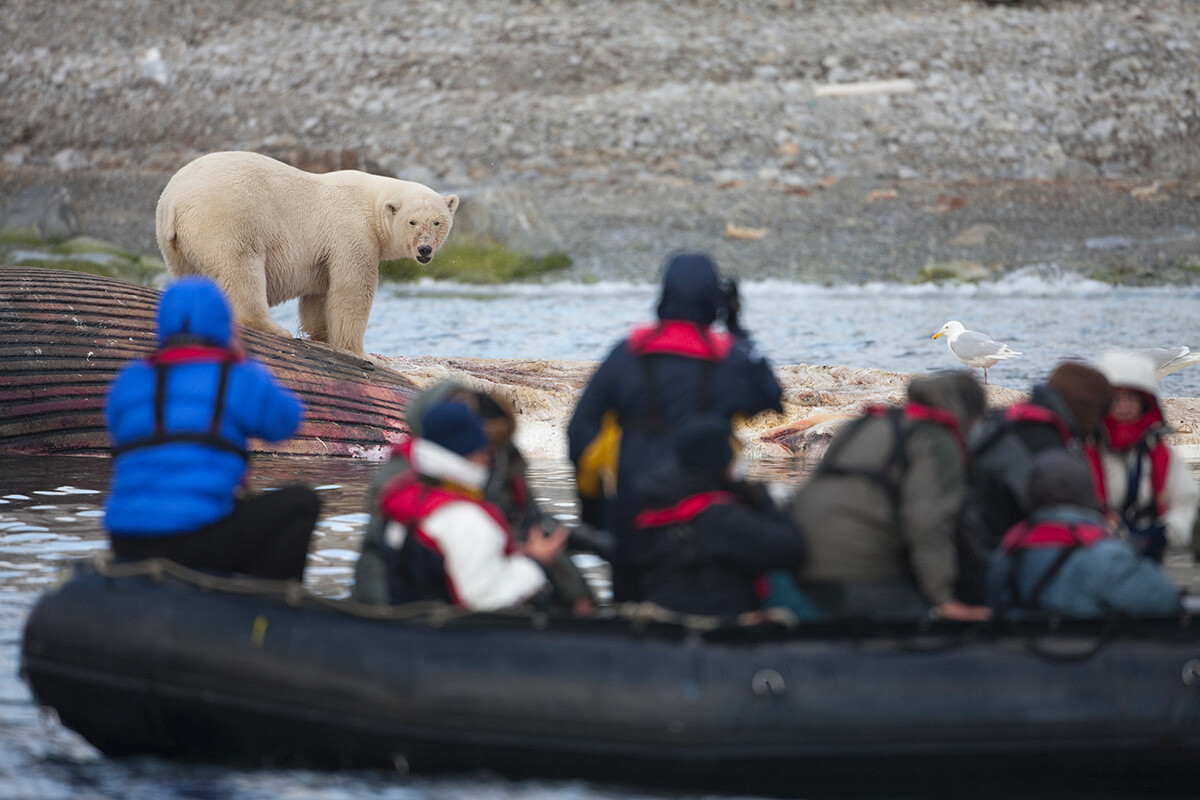
In 1920, a treaty was signed, according to which Norway has full sovereignty over Svalbard; however, with a range of stipulations and conditions. The islands are a visa-free zone and are not part of the Schengen Agreement, so the citizens of more than 40 countries that signed the treaty can visit the islands. Russians don’t need a visa, as well as those who want to visit the ‘little Norwegian Russia’.
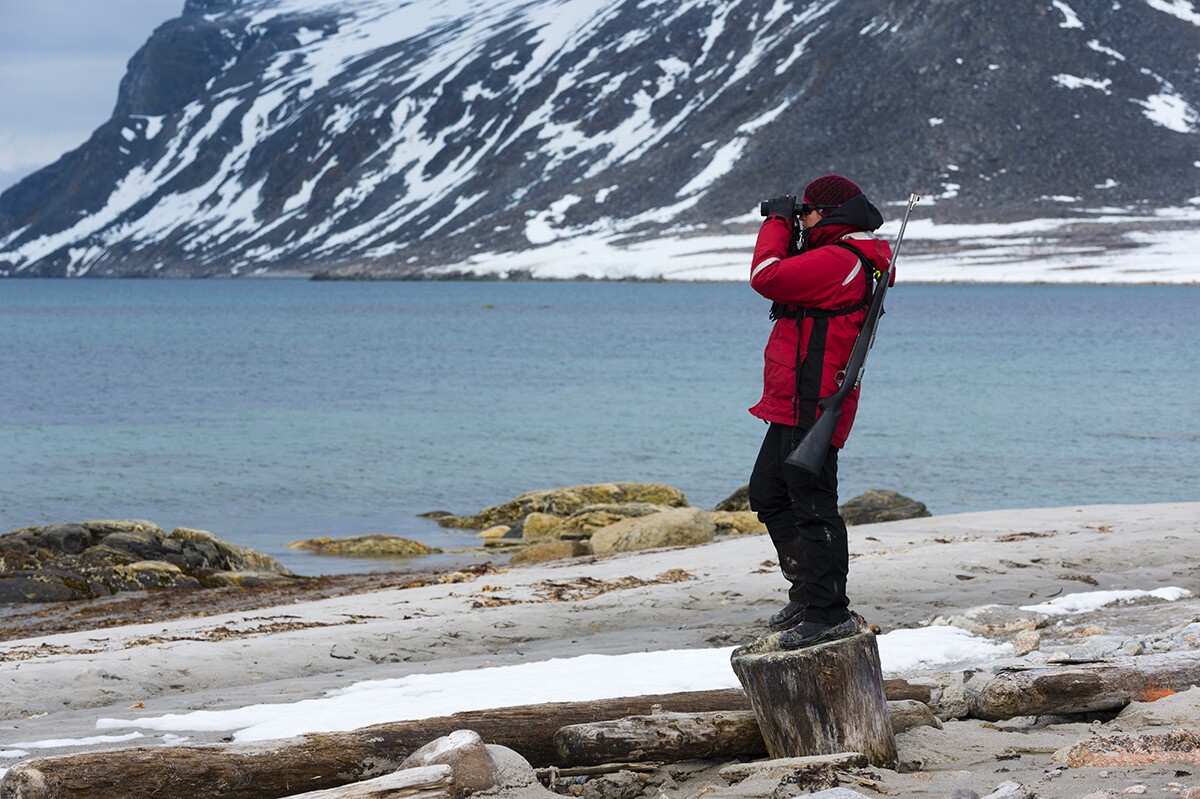
Not everywhere, of course. For example, open carry of weapons is prohibited in settlements; however, if anyone goes outside these settlements, they have to have a gun on them. These safety measures help reduce mortality from wild animal attacks, in particular polar bears. Everyone is also advised to take along signal flares – with them, you can signal your position if you get lost, as well as scare away predators.
If using any of Russia Beyond's content, partly or in full, always provide an active hyperlink to the original material.
Subscribe
to our newsletter!
Get the week's best stories straight to your inbox